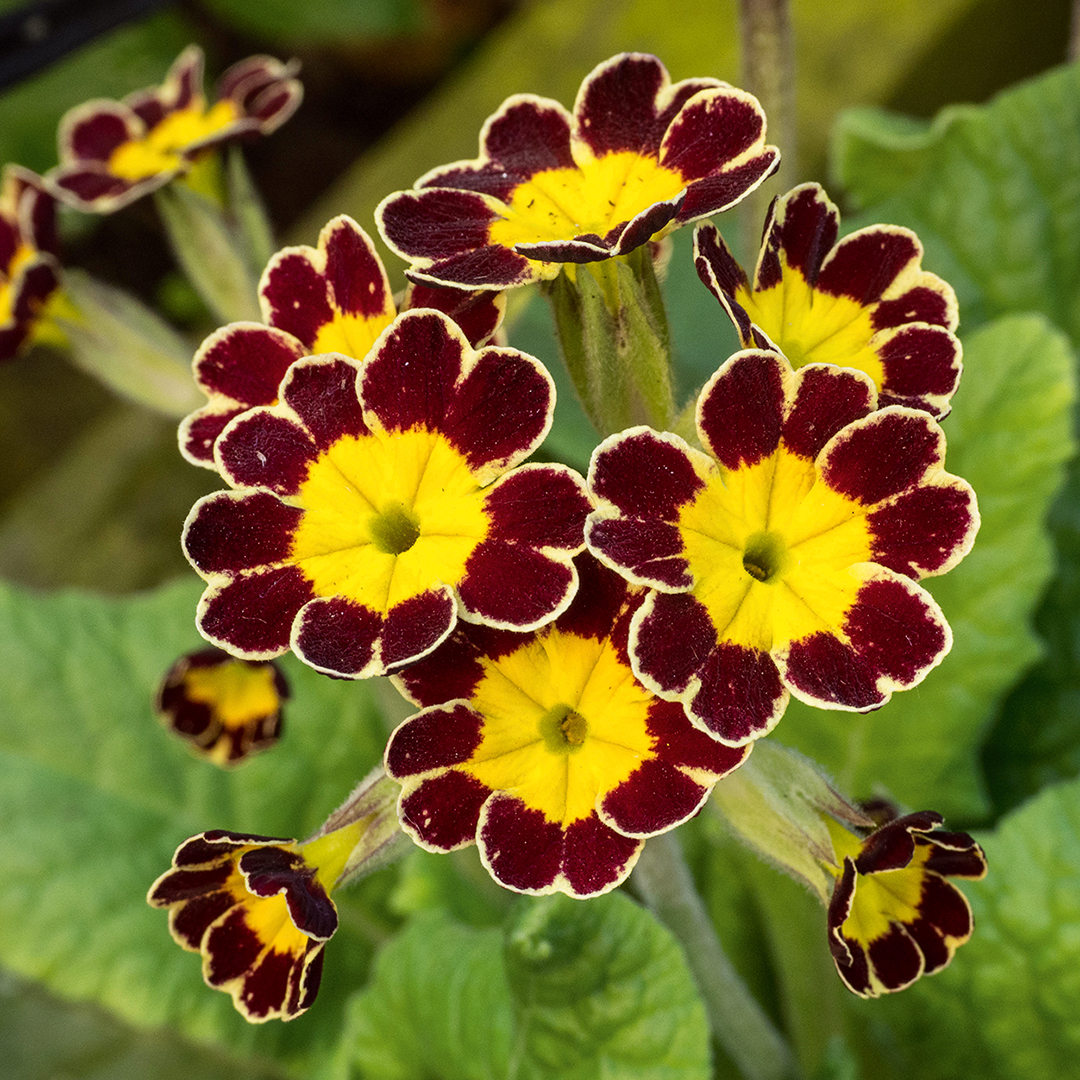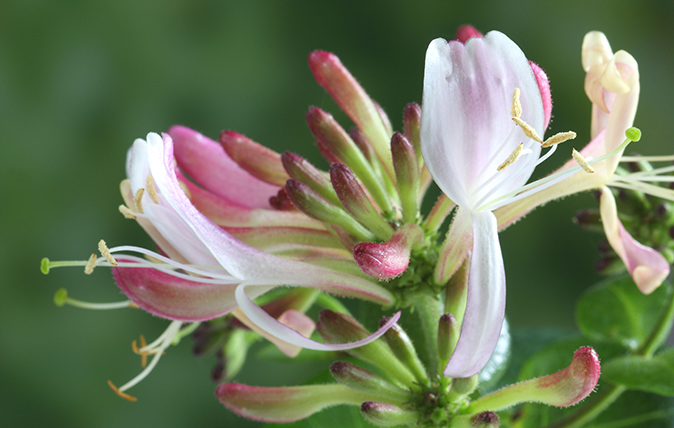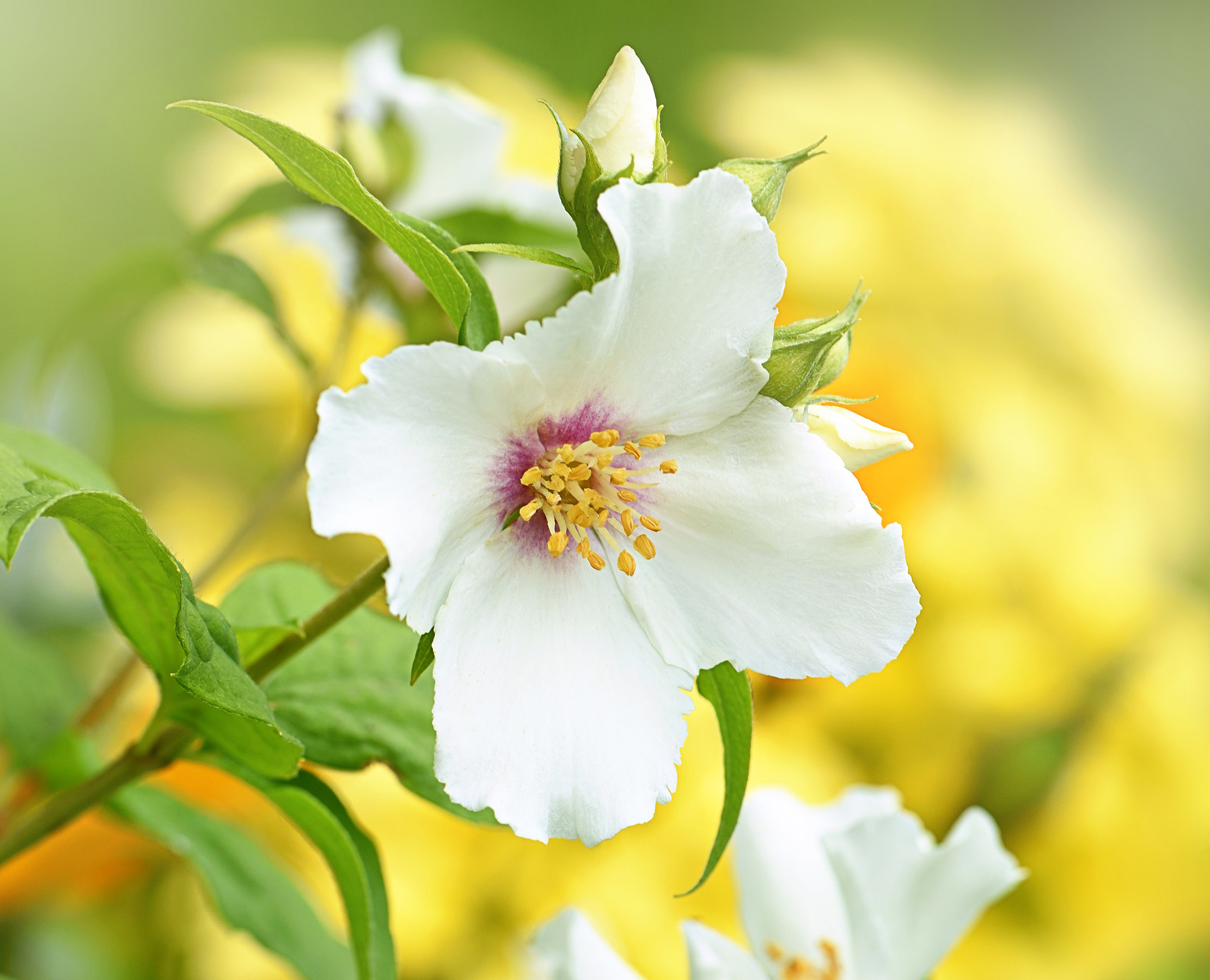Charles Quest-Ritson: Why nothing matches the colour or beauty of the simple primrose
Sometimes the simplest flowers are the best, says Charles Quest-Ritson, as he looks at primroses, cowslips and their wonderful hybrids.


We have three native primulas in England. Everyone knows two of them, the primrose (Primula vulgaris) and the cowslip (P. veris); both are wonderfully prolific in the wild and easy to grow as garden plants. The third species is the oxlip (P. elatior), which grows only in a small area where Suffolk, Essex and Cambridgeshire meet. Scotland has the tiny bird’s-eye P. scotica, but it’s difficult to grow in gardens.
Primroses are the first to flower; nothing matches their colour or their beauty. Cowslips — one of the prettiest of the wildflowers of Britain — have an even sweeter scent, whereas oxlips are the hardiest — you see them flecking Swiss meadows soon after the snow melts, when the grass is still brown. All three have a vast natural distribution, as far as the Caucasus mountains and beyond. You can even find primroses in the mountains of Morocco and Algeria. In the eastern Mediterranean, most primroses are mauve, not yellow, and known as Primula vulgaris subsp. sibthorpii. There’s a rare white-flowered subspecies called balearica, too, which grows high in the mountains of Majorca, Sicily and Greece.
"They are all so tough, so strongly scented and so uncomplaining... they will give you endless pleasure"
Primroses and cowslips are plants of our native woods and meadows. From time to time, people have spotted natural variants and grown them in their garden. The exquisite Primula ‘Gold Lace’, for example, is a mutation of the cowslip, with petals of darkest mahogany tricked around the edges with yellow. It was known and valued as early as the 17th century as a ‘florists’ flower’, grown by amateurs who competed to win prizes for the best specimens. Tulips, pinks and auriculas are other examples of florists’ flowers.
Primroses, too, produce interesting sports and, over the years, many remarkable mutations have been collected and conserved in gardens. ‘Jack-in-the-Green’ forms have leafy sepals that form a green ruff around the flower, whereas hose-in-hose primroses seem to have two identical flowers, one inside the other.
Both occur in 17th-century herbals and are still available today, as is the elegant double-flowered primrose called ‘Lilacina Plena’, which has pale-lilac petals arranged like a little rose. I grew it for many years from my grandmother’s garden in Ireland, but, alas, have now lost it.

Our three species hybridise easily, which is where the fun begins. I grow a handsome hybrid between the oxlip and the primrose and I have seen natural oxlip-cowslip hybrids in Spain where the two species grow abundantly side by side. Both are comparatively rare, but the crosses between primroses and cowslips turn up frequently in our countryside.
Non-botanists call them false oxlips, which is confusing and explains why it is best to use the Latin name Primula x polyantha. Polyantha? Yes, our garden polyanthas are descended from crosses between the primrose and the cowslip. Everyone grows polyanthas — sturdy, sweet- scented beauties — and multi-coloured, too, as a result of generations of selective improvement by gardeners and nurserymen. They are the great staple of winter bedding, flowering in mild weather from November to May.
Exquisite houses, the beauty of Nature, and how to get the most from your life, straight to your inbox.
Modern polyanthas have inherited the best characteristics of each of their parents (unlike my children). The strong single stem of the cowslip is a dominant gene, as are the larger flowers of primroses. But you need to look at them carefully because almost all primulas are heterozygous. I first learned that word as a teenager at Winchester — my inspirational botany master Michael Baron will be 90 later this year — and it means the flowers have two forms.
Thrum-eyed primulas have their stamens at the mouth of the flower, whereas the pin-eyed stick out their stigmas. Each can only be pollinated by the other, not their own. It’s Nature’s way of making them cross-pollinate, which ensures the continued vigour of the race. Thrum-eyed forms are generally more esteemed by connoisseurs.

Gertrude Jekyll was an early developer of polyanthas as bedding plants. In the 1890s and 1900s, the Aberdeen firm Cocker — later known as rose-breeders — raised a race with double flowers that they prefixed ‘Bon Accord’, the motto of their city. Nowadays, double-flowered primulas are micropropagated by the million, whereas bedding polyanthas are grown from seed. Nurserymen encourage us to treat them as disposable — grow them for a season then throw them away — but I like to split the plants, either in spring or autumn, and spread them around.
They are all so tough, so strongly scented and so uncomplaining. I love the way they welcome the bees and spread their hybrid offspring over the garden. Let them naturalise and they will give you endless pleasure. There is never a dud among them.
Charles Quest-Ritson wrote the RHS Encyclopedia of Roses

The best honeysuckle to grow in your garden – especially if they’re gifts from now-departed friends
Charles Quest-Ritson extols the virtues of delightful honeysuckle.

Charles Quest-Ritson: What English country gardeners can learn from their German counterparts
Charles Quest-Ritson has spent years making trips to Germany to gather ideas and new plants — but is puzzled that nobody

Credit: Getty Images
Charles Quest-Ritson: Why every gardener in Britain should be growing philadelphus
Charles Quest-Ritson's list of flowers that every garden should own includes the usual names — rose, daffodil, clematis. But he'd also

Charles-Quest Ritson: 'Gardens are like people — most of them don’t age well'
Charles Quest-Ritson reminisces on his younger days and laments the passing years — not least our shared tendency with gardens to

Charles Quest-Ritson: The secret to enjoying gardens in beastly cold, deepest winter
Our columnist has a suggestion for enjoying January, albeit one that doesn't involve staying put in England.
Charles Quest-Ritson is a historian and writer about plants and gardens. His books include The English Garden: A Social History; Gardens of Europe; and Ninfa: The Most Romantic Garden in the World. He is a great enthusiast for roses — he wrote the RHS Encyclopedia of Roses jointly with his wife Brigid and spent five years writing his definitive Climbing Roses of the World (descriptions of 1,6oo varieties!). Food is another passion: he was the first Englishman to qualify as an olive oil taster in accordance with EU norms. He has lectured in five languages and in all six continents except Antarctica, where he missed his chance when his son-in-law was Governor of the Falkland Islands.
